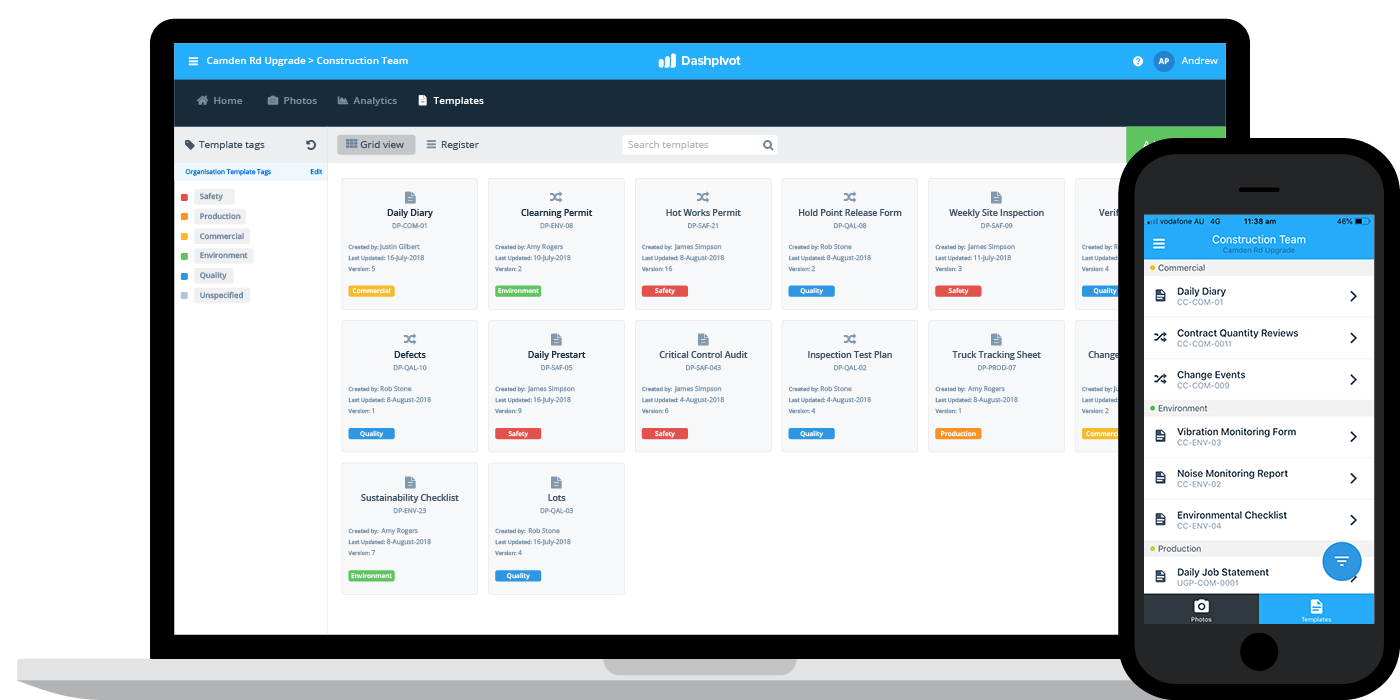From Chaos to Control: Harnessing the Potential of Construction Document Management
From Chaos to Control: Harnessing the Potential of Construction Document Management
Blog Article
Optimizing Job Collaboration: Architect's Ideal Practices in Building And Construction Paper Administration
In the intricate realm of architectural projects, the efficient administration of building and construction documents stands as a cornerstone for success. Amidst this complexity lies an essential concern: exactly how can designers enhance collaboration procedures to enhance job end results?
Leveraging Cloud-Based Systems
Leveraging cloud-based systems is a basic approach for modern engineers in enhancing building and construction document management procedures. By transitioning from typical paper-based systems to shadow options, designers can improve partnership, improve record availability, and enhance overall job performance. Cloud-based systems supply engineers the capability to shop, share, and upgrade construction documents in real-time, making sure that all team members have access to one of the most existing info no matter their location. This access promotes seamless communication and sychronisation among job stakeholders, causing less errors and hold-ups in the construction process.
Furthermore, cloud-based platforms supply a safe setting for storing delicate task information, offering file encryption, routine back-ups, and user approval setups to shield information honesty. Designers can also take advantage of the scalability of cloud remedies, allowing them to adjust storage space capacity and functionality based upon task requirements. In general, leveraging cloud-based platforms encourages architects to optimize their construction document administration processes, driving greater cooperation, performance, and success in their tasks.
Executing Variation Control Systems
Having developed the advantages of cloud-based systems in building and construction file administration, designers can now enhance their document control processes by applying Version Control Solution. Version Control Systems (VCS) are crucial tools that track changes in files, making sure that staff member are always collaborating with the current and most accurate details. By executing VCS, architects can maintain a centralized repository where all task records are saved, allowing seamless collaboration while lessening the risk of mistakes and variation disputes.
This function is particularly beneficial in building and construction projects where design versions and adjustments are usual. This openness not only improves accountability yet also assists in fixing disagreements or discrepancies that may arise throughout the task lifecycle.
Developing Communication Methods
To guarantee efficient and reliable task sychronisation, engineers have to develop clear and durable interaction methods within their building and construction document management processes. This platform can be a task management software application, e-mail strings, or cloud-based storage space solutions.
Furthermore, communication procedures must additionally consist of guidelines on how to take care of problems, adjustment orders, and urgent issues that may develop during the task lifecycle. Establishing a structured strategy to interaction makes sure that all stakeholders get on the same web page, advertises openness, and ultimately adds to the effective completion of the building job.
Making Use Of BIM Software Application for Coordination
BIM software plays an essential role in enhancing sychronisation amongst project staff member in the building and construction industry. Structure Details Modeling (BIM) facilitates collaboration by providing a centralized platform where engineers, designers, contractors, and various other stakeholders can interact in a worked with manner. With BIM software application, project participants can access and upgrade a shared model that consists of comprehensive info about the building layout, construction elements, and project routines.

Additionally, BIM software makes it possible for real-time partnership and communication amongst staff member, no matter their physical location. Via cloud-based BIM platforms, task stakeholders can access the most current project details, track modifications, and make educated decisions promptly. Generally, leveraging BIM software application for control boosts task effectiveness, performance, and eventually leads to successful task results.
Ensuring Information Protection and Conformity
In the realm of building document management, protecting data integrity and making sure regulative compliance are vital factors to consider for architects and various other task stakeholders. Engineers have to carry out robust safety steps to secure sensitive job details from unauthorized accessibility or breaches. Using safe cloud storage space solutions with file encryption methods and accessibility controls can help reduce dangers connected with data theft or loss. Consistently updating software and systems, carrying out safety audits, and giving personnel training on information protection ideal techniques are important steps in preserving a safe atmosphere for building paper monitoring.

Final Thought
In verdict, designers can maximize project collaboration in building and construction document administration by leveraging cloud-based systems, executing variation control systems, establishing communication methods, utilizing BIM software application for control, continue reading this and making sure data safety and security and conformity. These ideal practices assist simplify the construction why not check here process, boost communication amongst project stakeholders, and improve effectiveness in task delivery. By following these guidelines, designers can properly manage building records and facilitate successful project results.
With BIM software program, task individuals can access and upgrade a common model that includes thorough details concerning the structure layout, construction components, and project schedules.
Through cloud-based BIM platforms, project stakeholders can access the most current task info, track modifications, and make informed decisions without delay - construction document management. On the whole, leveraging BIM software program for sychronisation enhances project performance, performance, and inevitably leads to effective job outcomes
In verdict, engineers can enhance job partnership in building document management by leveraging cloud-based platforms, implementing variation control systems, developing communication protocols, making use of BIM software program for sychronisation, and guaranteeing data security and conformity. These ideal methods help streamline the building and construction process, improve interaction among project stakeholders, and boost effectiveness in project delivery.
Report this page